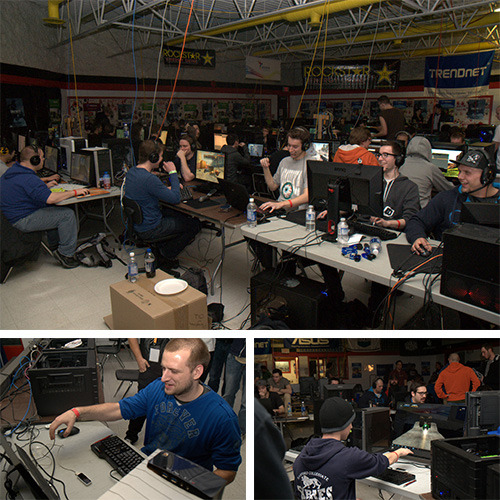 In the early 20th century, a radical modernist art movement known as Vorticism erupted in Britain but soon withered after the First World War. The distinct style of the Vorticists was about combining machine-age forms and energetic modern beliefs to “Blast” and “Bless” the environment around them – expressed through geometric abstractions.
In the early 20th century, a radical modernist art movement known as Vorticism erupted in Britain but soon withered after the First World War. The distinct style of the Vorticists was about combining machine-age forms and energetic modern beliefs to “Blast” and “Bless” the environment around them – expressed through geometric abstractions.
Recently, I was asked to design a response to this short-lived movement, with a focus on blasting (opposing or being unhappy about something) or blessing (being happy about an aspect of life). I decided to focus on how I never have enough time to do anything.
When you think about it, time can be a very annoying aspect of life. Waiting, wasting, loitering, queueing, decaying, inefficiency, biding, aging, being late – these are all things that irritate me. I blast time!
Read More ›






 In the early 20th century, a radical modernist art movement known as
In the early 20th century, a radical modernist art movement known as